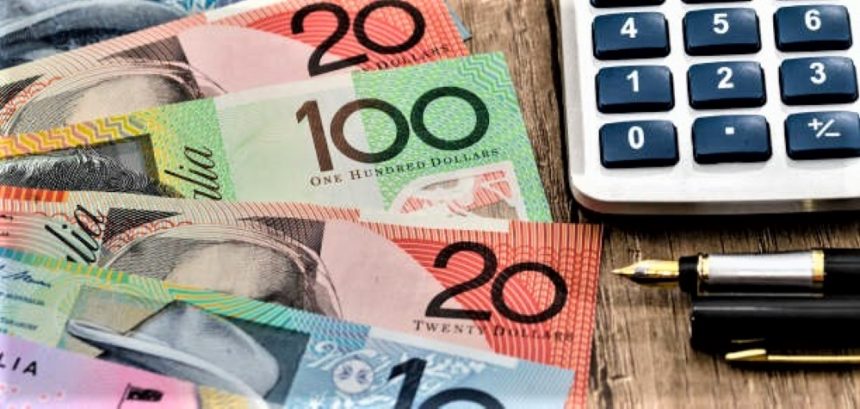Australian dollar falls in value, while the US dollar remains stable
Despite the release of higher Australia Consumer Confidence data on Tuesday, the Australian Dollar (AUD) fell after rising the previous two sessions.
In February, Australia’s consumer confidence rose by 6.2% to 86.
The Westpac-Melbourne Institute Consumer Sentiment index rose 6.2% to 86 in February from 81 in January, its highest level in 20 months. However, the index has been below the neutral 100 mark since February 2022.
The Australian dollar faces negative pressure as Australian inflation moderates, leading to the market. Sentiment that the Reserve Bank of Australia (RBA) has concluded its monetary tightening cycle. The Aussie Dollar’s downward trend impacts on the AUDUSD pair. Furthermore, the drop in the Australian money market may have a negative impact on the AUD.
Despite low US Treasury yields, the US dollar remains firm.
The US Dollar Index (DXY) remains stable following recent advances, with a drop in US Treasury yields limiting the strength of the US Dollar (USD). Market sentiment is uneven, as traders remain cautious ahead of the release of key US inflation data on Tuesday, which may impact interest rate predictions.
Daily Market Movers: Australian Dollar falls against a stable US Dollar.
National Australia Bank’s Business Confidence rose to a value of 1 in January from a flat 0.
National Australia Bank’s Business Conditions fell to 6 in January from 8 previously.
Marion Kohler, RBA’s Head of Economic Analysis, underscored the uncertainty surrounding current inflation predictions for the Australian economy. However, she believes that price rise will finally slow to a more normal pace by 2025.
The Commonwealth Bank of Australia (CBA) estimated a 75 basis point fall in the benchmark interest rate for 2024, with the first cut expected in September.
China’s headline CPI fell by 0.8%, beating the expected decrease of 0.5% and the preceding decline of 0.3%.
Dallas Federal Reserve (Fed) Bank President Lorie Logan stated on Friday that there is now no compelling urgency to cut interest rates. She welcomed “tremendous progress” in controlling inflation, but highlighted the need for further data to assure This progress is sustainable.
The US CPI YoY and MoM could moderate to 3.0% and 0.2%, respectively, in January.
In January, the US Monthly Budget Statement showed a reading of $-22 billion, compared to the previously predicted readings of $-21 billion and $-129 billion.
The 3- and 6-month US bills were auctioned at rates of 5.23% and 5.065%, respectively.









